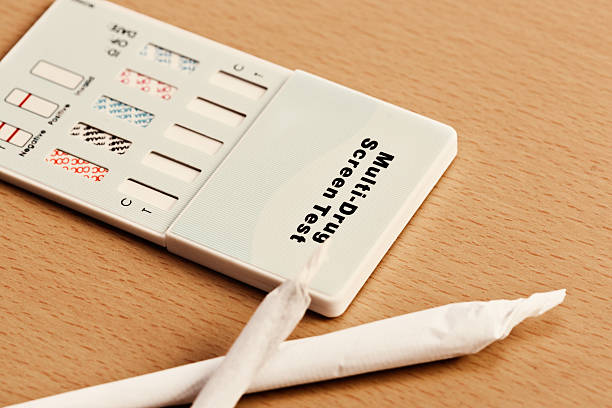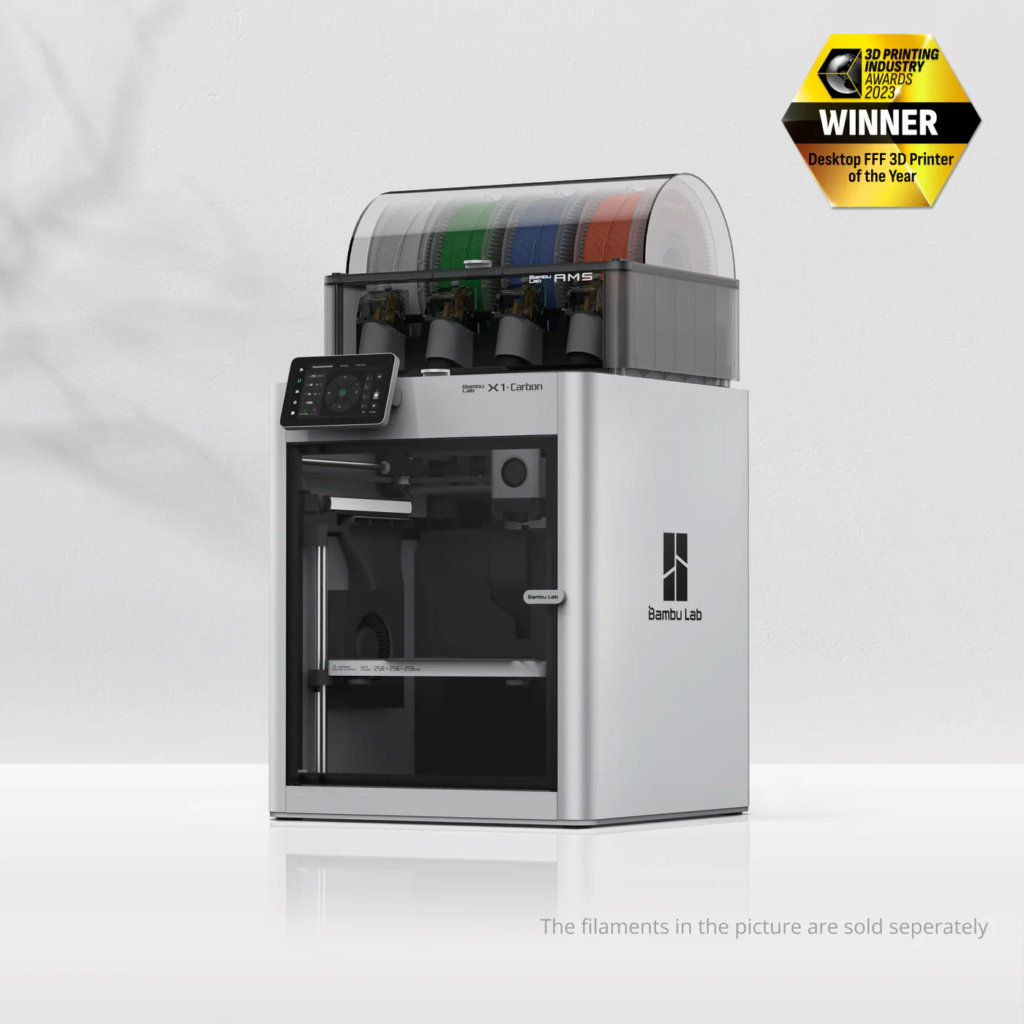When you hear about drug testing methods, you might wonder why multi-panel drug tests are growing in popularity. These tests can check for multiple substances at once, making them efficient for workplaces and other settings. They offer a way to quickly and accurately detect various drugs, providing peace of mind for employers and individuals alike.
Unlike single-substance tests, multi-panel tests evaluate a range of drugs in one go. This makes them less time-consuming and potentially more economical. Their importance becomes clear when considering the variety of drug test kits available, such as those found with testing kits at DrugTests.co.uk, which cater to different needs and substances.
By utilising these tests, workplaces can maintain safety and productivity. They are a preferred option due to their speed and the broad scope of substances they can detect. Whether for business or personal use, these tests provide a reliable solution for many environments, allowing for more comprehensive checks in one simple procedure.
Understanding Multi-Panel Drug Tests
Multi-panel drug tests play a significant role in detecting multiple drugs from a single sample. These tests are valued for their capacity to quickly identify various substances, making them popular in different fields, including workplaces and medical settings.
Components and Design
Multi-panel drug tests consist of several key components. Each panel is designed to detect a specific drug or drug class. Urine samples are commonly used due to their ease of collection and handling. The design usually involves a simple “dip and read” method.
These tests work by using antibodies that react with specific drug metabolites. Test results typically appear as visible lines on the panel, with one line indicating a positive result for a particular drug.
Multiple strips can be included in one test, allowing for the analysis of many substances at once. This feature is important for organisations that need quick and efficient screening.
Types and Detectable Substances
Multi-panel drug tests come in various configurations, usually ranging from three to twelve panels, with some tests able to screen for even more drugs. For instance, a 5-panel test often screens for substances like marijuana, cocaine, opiates, and amphetamines.
Some tests can be customised to include specific substances relevant to the testing entity’s needs. This flexibility makes them an appealing choice for different contexts.
They can be utilised to detect not only illegal drugs but also prescription medications that might be misused. This broad range helps in identifying potential substance abuse efficiently.
Prevalence and Applications
Multi-panel drug tests are widely used in various fields due to their ability to screen for multiple substances simultaneously. This feature makes them appealing in settings where time and accuracy are important. Their applications span workplace safety, medical and forensic settings and offer distinct advantages over single-substance tests.
Workplace Drug Screening
Multi-panel drug tests are important in maintaining safety and productivity in many work environments. These tests can detect a range of drugs, supporting employers in identifying potential substance use issues among employees. Companies save time and reduce the costs associated with separate tests by testing for multiple substances with a single test. This is especially useful in industries where safety is the top priority, such as transportation and construction. Additionally, multi-panel tests help meet regulatory requirements, keeping workplaces compliant with safety standards.
Medical and Forensic Uses
In the medical field, multi-panel drug tests are used to diagnose patients and monitor treatment programs’ compliance. They help healthcare professionals identify drug interactions and assess patient adherence to prescribed medications. In forensic settings, these tests contribute to legal investigations by providing evidence of drug use, which can be necessary in cases involving accidents or criminal activities. Multi-panel tests offer a comprehensive view of an individual’s drug use, supporting decisions in medical and judicial contexts.
Advantages Of Single-Substance Tests
Multi-panel drug tests are preferred over single-substance tests because they provide quick and broad results. Testing for several substances at once minimises the chances of missing a particular drug that might be present. This is particularly useful in unexpected situations where the specific drug in question is unknown. Additionally, the cost-saving benefits of running one test instead of several make multi-panel tests a practical choice for both large and small organisations. Their convenience, paired with the ability to deliver powerful outcomes, makes them an attractive option in various settings.
Conclusion
Multi-panel drug tests have gained popularity due to their ability to detect several drugs with a single test. This feature makes them useful in many settings, like workplaces and healthcare facilities.
These tests are quick and convenient. By testing for multiple substances at once they help save time and reduce the hassle of conducting individual tests for each drug.
They also offer flexibility, as panels come in different types, such as those testing for three, five, or more substances. This allows users to choose the panel that best fits their needs.
Furthermore, understanding what drugs are being tested is important. Some panels detect common substances like marijuana and cocaine, while others may include more specialised drugs.
In different environments, knowing whether someone is using drugs can help maintain safety and productivity. This makes multi-panel drug tests a practical tool for various industries and situations.






